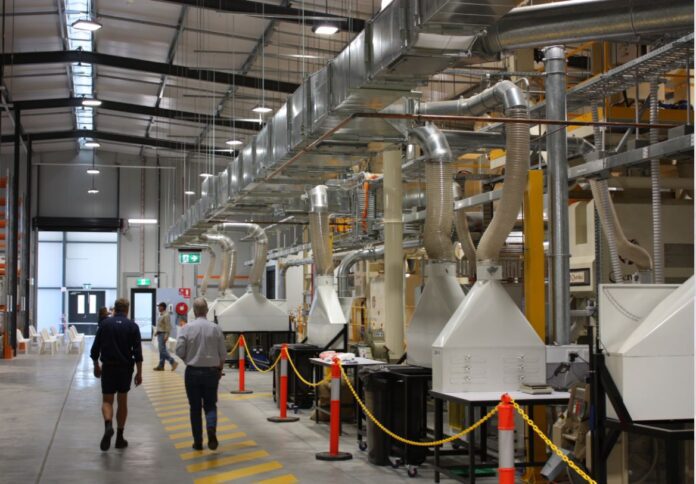
CSIRO on Tuesday revealed new purpose-built facilities to its Myall Vale site in New South Wales to support the agency’s cotton research.
The $25 million upgrade includes the newly-built Cotton Management Research Laboratory, which is intended to deliver precise pre-emptive monitoring of potential insect resistance and crop nutritional status for improved management. The facility also offers new cotton breeding areas and increased storage and processing zones.
Kirsten Rose, CSIRO’s executive director for Future Industries, said the facilities’ expansion reflects CSIRO’s commitment to the cotton industry.
“Our cotton breeding work is world-class and our long-term commitment to the cotton industry which has been developed over half a century is now ensured into the future,” Rose said. “From humble beginnings 50 years ago, 100 per cent of cotton now grown in Australia is a product of CSIRO science.”
Warwick Stiller, head of CSIRO’s Cotton Breeding Program, said the new facilities further cement CSIRO’s position as a world leader in cotton research.
“Myall Vale is a unique site embedded with the local industry and community, and our partnerships with industry don’t just deliver huge economic benefits to the community but to Australia as a whole,” Stiller said.
Cotton Seed Distributors Managing Director Peter Graham commended the new facilities, describing them as a major boost, not just for NSW, but for cotton growers across Australia.
“This increased capacity for the breeding and processing of cotton positions us strongly for growth in the domestic market and for a growing international presence,” Graham said. “The CSIRO-CSD partnership will grow to new heights as we boost the research effort here at Myall Vale and continue to grow interest internationally in the value of the Australian cotton industry.”
Cotton research was first established in NSW in 1958 with the opening of the Myall Vale Experimental Station.
The facility currently employs more than 60 people, including internationally-renowned plant breeders, entomologists, agronomists, and water and soil scientists.




















